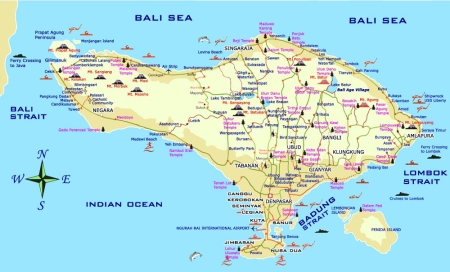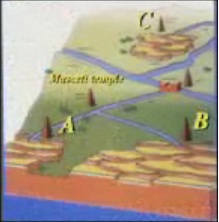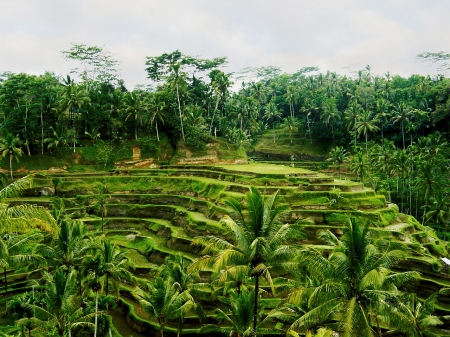Take a look at the calendar of national holidays in Indonesia (the whole country):
Holidays in 2014
Schedule of Indonesian National Holidays Announced for 2014

(8/25/2013)
National holidays set by the government for 2014 have increased by one day over 2013, totaling 15 days due to the addition of May Day. Shared public holidays, introduced by the government to create long holiday weekends, will total 4 in 2014.
In announcing the official holidays for 2014 theCoordinating Minister for the People’s Welfare, Agung Laksono, set the following schedule of official holiday on Wednesday, August 21, 2013.
Official National Holidays for 2014
January 1, 2014 | New Years Day 2014 |
January 14, 2014 | Birth date of the Prophet Muhammad |
January 31, 2014 | Chinese New Year (Imlek 2565) |
March 31, 2014 | "Nyepi" Bali Hindu New Year (Saka 1936) |
April 18, 2014 | Good Friday |
May 1, 2014 | International Labor Day – May Day |
May 15, 10214 | Buddhist Holy Day of Waisak 2558 |
May 27, 2014 | Ascension Day of the Prophet Muhammad |
July 28-29, 2014 | Ascension Day of Jesus Christ |
May 29, 2014 | Lebaran – Hari Raya Idul Fitri 1435 Hijirah |
July 28-29, 2014 | Shared Public Holidays |
July 30-31, 2014 | Lebaran – Hari Raya Idul Fitri 1435 Hijirah |
August 17, 2014 | Indonesian Independence Day |
October 5, 2014 | Idul Adha 1435 Hijirah |
October 25, 2014 | Islamic New Year 1436 Jijirah |
December 25, 2014 | Christmas Day |
December 26, 2014 | Shared Public Holiday |
However, in the case of Bali, I wonder what is going on. Bali was a Hindu island (actually, the Hindus ran away from muslim Indonesia to build a Hindu society in Bali), but rapidely in our days there is a substantial Muslim immigration in Bali. Is this a good thing? I'm puzzled.
I have a soulbrother in Bali, let's call him mr. W, he's Hindu. He's a permanent resident in Bali. He struggles regularely with his Muslim neighbours. They show absolutely no respect for his Hindu belief and traditions. He reacts against it.
I have a very dear friend in Bali, let's call him mr. D, he's muslim. He's a temporary resident in Bali. I think he's trying to keep his muslim traditions alive in the Hindu society.
I see mosques building here and there in Bali. They install loudspeakers that fill the air with their religion. Louder then my ears tolerate.
This is a weird evolution. On the one hand, I want my very dear friend, mr. D., to be in Bali, where he's happy, and where he contributes to the economy of the island. At the same time, I want my soulbrother, mr. W., to be respected in his Hindu belief and in the conservation of Bali as a Hindu island.
I know that the cast of the priests (the first cast in Bali) is concerned about the balance of religions on the island; it's a regular point of discussion. Obviously, they think that the balance is not yet disturbed. Let's hope the priests look at the topic very closely, and that they take whatever measure that is needed. One wouldn't want Bali to become mainstream Indonesian. It would rip the soul out of the inhabitants of the island. Diversity is nice, but authenticy is nicer.
.










December 16, 2009 at 6:39 am |
A Proposal to create a UNESCO World Heritage Cultural Landscape
(This proposal would establish a World Heritage site in Bali to support and protect Balinese farmers, subaks, water temple networks, lakes, rivers and forests)